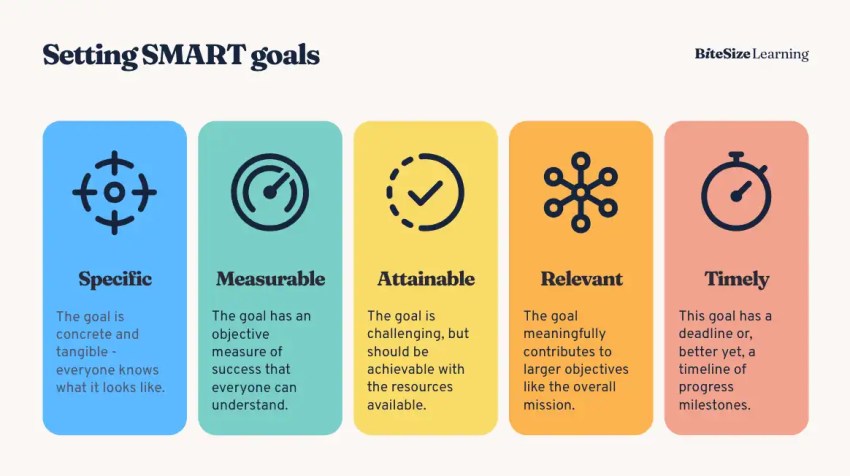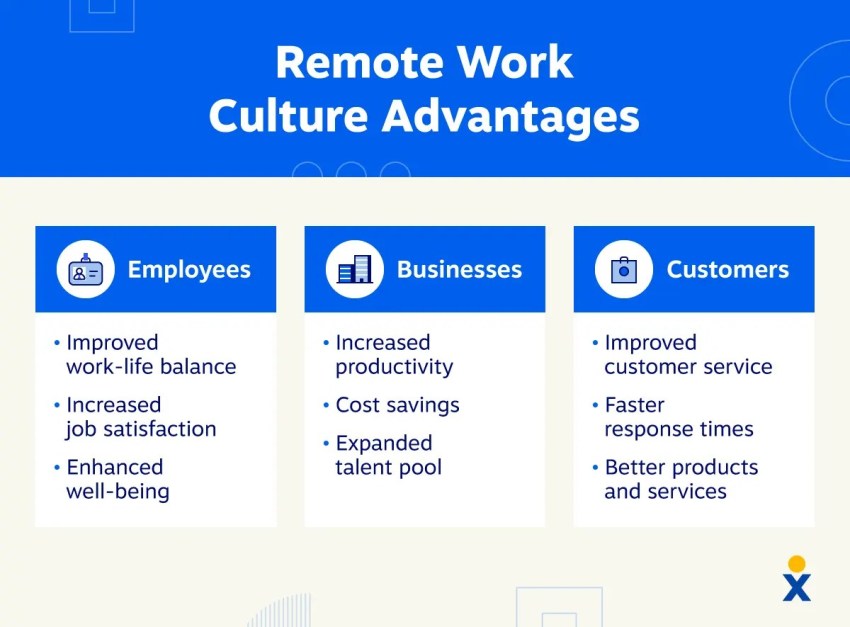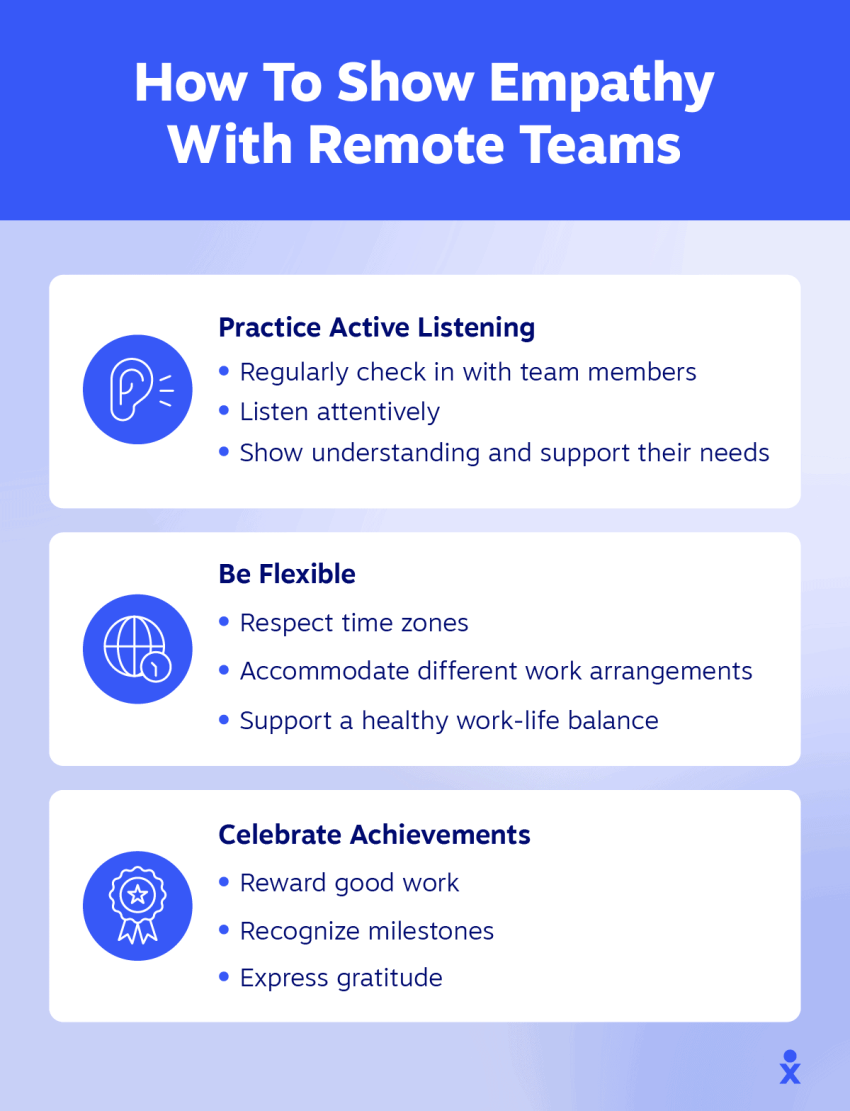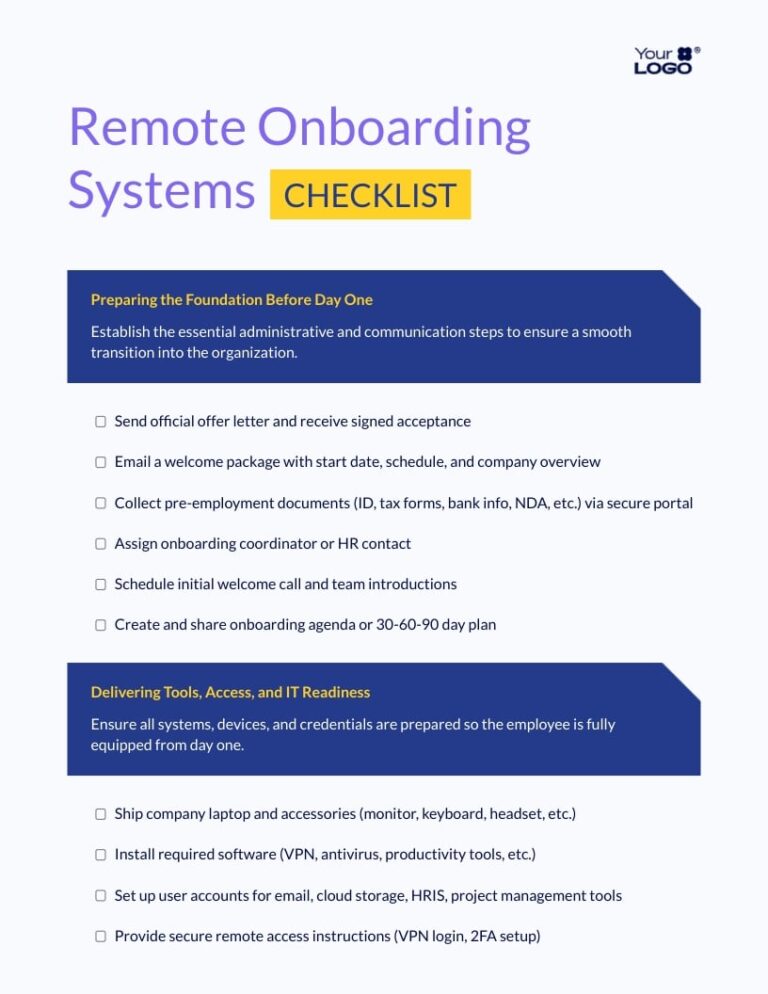Tools for Building Team Culture in Remote Workplaces: Top Solutions
Building a strong team culture when everyone is working remotely can feel like a tough challenge. You might wonder how to keep your team connected, motivated, and aligned when you’re all scattered across different locations.
The good news is, you don’t have to figure it out alone. By using the right tools and simple strategies, you can create a remote work culture that feels just as vibrant and supportive as being in the same office.
You’ll discover practical tools and easy-to-implement ideas that will help you build trust, boost communication, and foster genuine connections within your remote team. Ready to transform your team culture and make remote work truly work for everyone? Keep reading to find out how.
Communication Channels
Effective communication channels form the backbone of a strong remote team culture. They enable clear exchanges, foster trust, and keep everyone connected despite physical distance. Choosing the right tools and practices helps teams stay aligned and engaged. Focus on setting clear norms, encouraging video use, and scheduling regular check-ins to maintain a vibrant team environment.
Setting Clear Norms
Set specific rules for communication early on. Define which channels to use for different types of messages. Clarify expectations about response times and availability. This reduces confusion and keeps everyone on the same page. Clear norms prevent missed messages and help maintain smooth workflows.
Encouraging Video Use
Video calls add a personal touch to remote meetings. Seeing faces builds trust and strengthens relationships. Encourage team members to turn on their cameras during calls. It helps capture facial expressions and body language. Video use makes conversations more engaging and reduces misunderstandings.
Scheduling Regular Check-ins
Regular check-ins keep teams connected and informed. Plan weekly or biweekly meetings to discuss progress and challenges. One-on-one sessions allow managers to support individual team members. Consistent check-ins foster a sense of belonging and help spot issues early. They keep communication flowing smoothly in remote settings.

Credit: www.nextiva.com
Building Trust
Building trust is the foundation of a strong remote team culture. It creates safety and openness among team members. Trust helps people work better together despite physical distance. Teams with trust communicate clearly and support each other more effectively.
Remote work challenges trust because team members cannot see each other daily. Using the right tools and practices can close this gap. Let’s explore key ways to build trust in remote workplaces.
Promoting Transparency
Transparency means sharing information openly and honestly. Use tools like shared project boards and transparent calendars. Let everyone see progress and changes in real time. This openness reduces misunderstandings and builds confidence.
Share company goals and updates regularly with the whole team. Clear communication about decisions and challenges fosters trust. When people know what is happening, they feel included and valued.
Fostering Autonomy
Trust grows when team members feel trusted to do their work. Allow flexibility in how and when tasks are done. Use task management tools to track progress without micromanaging.
Encourage team members to take ownership of their projects. Autonomy shows respect for their skills and judgment. This respect motivates and builds confidence across the team.
Providing Supportive Spaces
Remote teams need places to connect beyond work tasks. Create virtual spaces for casual chats and socializing. Use video calls and chat apps to make interactions more personal.
Supportive spaces help build relationships and emotional bonds. They reduce feelings of isolation and increase trust. People open up and share ideas freely in these safe environments.
Social Connections
Social connections form the heart of a strong remote team culture. They help team members feel close despite the physical distance. Building these connections requires deliberate effort and the right tools. Social bonds improve communication, trust, and overall job satisfaction. Teams that connect well tend to work better together and face challenges with more resilience.
Organizing Informal Meet-ups
Informal meet-ups create chances for casual chats and laughter. These gatherings break the routine of formal meetings. Tools like Zoom or Microsoft Teams allow easy video calls. Schedule short, fun sessions without work agendas. Topics can range from hobbies to weekend plans. These relaxed talks help team members see each other as people, not just colleagues.
Planning Virtual Team-building
Virtual team-building activities boost morale and teamwork. Use apps like Kahoot for quizzes or Jackbox for games. Plan sessions that involve problem-solving or creativity. Keep activities light and inclusive to encourage participation. Virtual escape rooms or trivia games work well. These shared experiences build trust and a sense of belonging.
Encouraging Empathy
Empathy strengthens social bonds in remote teams. Leaders should model understanding and kindness daily. Tools like Slack allow sharing personal updates and support messages. Encourage team members to listen actively and respect different views. Recognize efforts and celebrate small wins together. Empathy creates a safe space where everyone feels valued.

Credit: www.nextiva.com
Recognition And Feedback
Recognition and feedback play key roles in shaping a strong team culture. They help remote workers feel appreciated and connected. Regular acknowledgment boosts motivation and loyalty. Constructive feedback guides growth and improves performance. Both elements create a positive environment where team members thrive.
Acknowledging Contributions
Recognizing individual and team efforts is vital in remote settings. Use tools like digital shout-outs, badges, or public praise in team chats. These small gestures show appreciation and encourage continued hard work. Celebrate milestones and achievements openly to build morale. Personalize recognition to make it sincere and meaningful. Consistent acknowledgment fosters trust and engagement.
Gathering Team Feedback
Collecting feedback helps leaders understand team needs and challenges. Use anonymous surveys or regular check-ins to gather honest opinions. Feedback tools enable open communication without pressure. Act on feedback quickly to show team members their input matters. Encourage a culture where everyone feels safe sharing ideas. This practice improves collaboration and overall satisfaction.
Top Tools For Remote Culture
Building a strong remote team culture needs the right tools. These tools help teams stay connected, work together, and feel appreciated. They make communication clear and collaboration easy. They also boost engagement and recognize good work. Using the best tools creates a positive remote work environment.
Communication Platforms
Communication platforms keep team members in touch. Tools like Slack and Microsoft Teams let people chat instantly. Video calls through Zoom or Google Meet help teams see each other. Clear communication reduces misunderstandings and builds trust. These platforms also support group chats and private messages for quick updates.
Collaboration Software
Collaboration software helps teams work together smoothly. Platforms like Trello and Asana organize tasks and projects in one place. Google Workspace and Microsoft 365 allow multiple people to edit documents at the same time. These tools keep work transparent and make teamwork easier. Everyone knows what to do and when to do it.
Recognition And Engagement Tools
Recognition tools make team members feel valued. Platforms such as Bonusly and Kudos let colleagues praise each other. These tools boost morale and encourage good work. Engagement tools also offer fun activities like polls and quizzes. They help keep the team connected and motivated, even from a distance.

Credit: www.nextiva.com
Frequently Asked Questions
How To Build Team Culture Virtually?
Build virtual team culture by setting clear expectations, scheduling regular check-ins, and encouraging open communication. Use video calls, organize informal social events, recognize contributions, and promote empathy. Foster trust and transparency to ensure every member feels valued and connected within the remote team.
How Can You Develop Good Team Work When Working Remotely?
Develop good remote teamwork by setting clear expectations, scheduling regular check-ins, and encouraging open communication. Use video calls, foster trust, and create virtual social moments. Recognize contributions, promote empathy, and support autonomy to keep the team connected and motivated.
Which Tool Is Commonly Used For Team Communication In Remote Teams?
Slack is a popular tool for team communication in remote teams. It offers real-time messaging, file sharing, and integrations.
What Are The 4 Types Of Team Culture?
The four types of team culture are Clan, Adhocracy, Market, and Hierarchy. Each focuses on collaboration, innovation, results, or structure.
Conclusion
Building a strong team culture in remote workplaces takes effort and the right tools. Clear communication and regular check-ins help keep everyone connected. Informal virtual meet-ups make teams feel closer. Trust grows when leaders are open and supportive. Giving team members freedom to work builds confidence.
These simple steps create a positive, inclusive remote culture. Strong culture boosts teamwork, happiness, and productivity. Keep trying new ways to connect and support your team. The right tools and habits make remote work feel personal.






